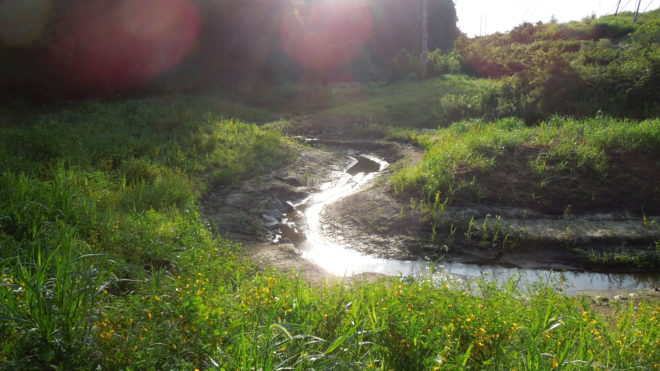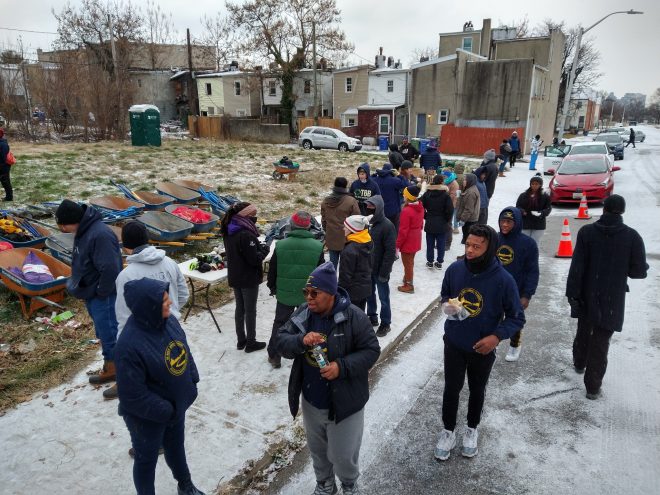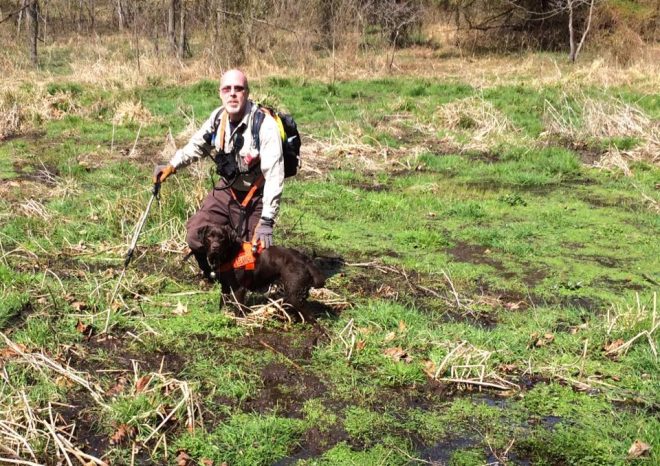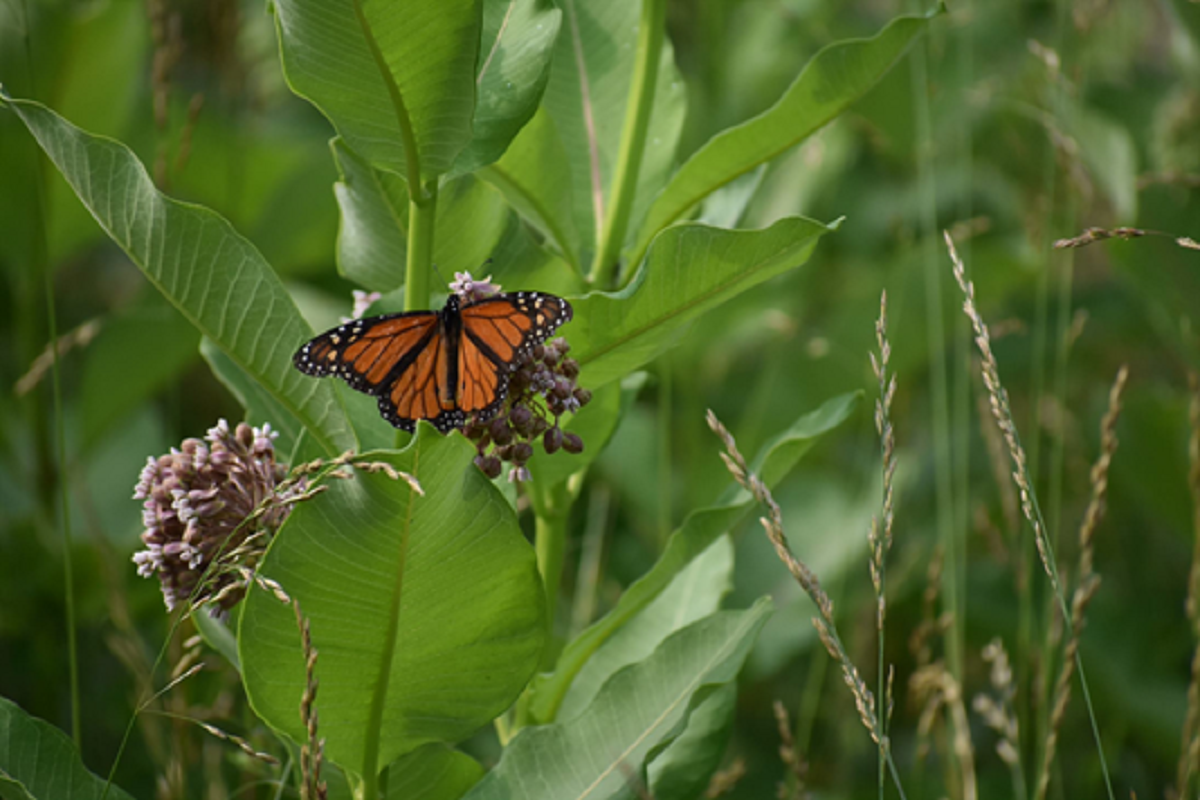
How integrated vegetation management transforms the area around transmission lines into vibrant natural communities where birds, bees, and butterflies flourish alongside flowering nectar plants.
When a group of researchers recently found 10 species of bees in Anne Arundel County, Md., that hadn’t been recorded there previously, they were looking in a place you wouldn’t expect:
Under BGE transmission lines.
What brought faculty from Rutgers University, the New Jersey Institute of Technology, and Columbia University more than 150 miles south to energy corridors in Maryland? A project exploring whether bees benefit from innovative, sustainable strategies BGE and other utilities are deploying to maintain vegetation in transmission rights-of-way. The results of their study are promising.
“The method in which vegetation under transmission lines is managed clearly impacts the resident bee communities,” writes Kimberly Russell et al. in the August 2018 issue of Biodiversity and Conservation. “In areas that have been managed in an integrated way—with topping of tall vegetation and selective extraction of tall growing species and problematic invasive species—richness of wild bees is higher and bees are more abundant.”
That’s the value of integrated vegetation management, or IVM.
For more than a decade, BGE’s Vegetation Management team has actively led an IVM program on high-voltage electric transmission rights-of-way. The IVM program does far more than clear energy corridors of trees or woody vegetation that may interfere with power lines. It uses environmentally safe herbicide spot treatments rather than clear-cut mowing to selectively remove invasive species, allowing low-growing, native vegetation to thrive year-round, enhancing food sources and habitat for wildlife. IVM also saves BGE customers money and reduces air emissions by eliminating the need for repeated mowing.
BGE is in the process of implementing IVM on 1,250 acres of transmission right-of-way land in multiple locations throughout the company’s central-Maryland service area.
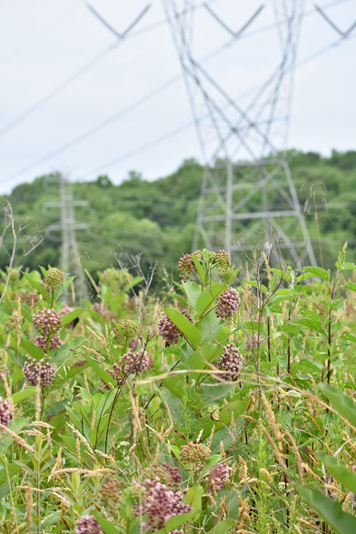
South River Greenway (photo courtesy of Davey Resource Group)
One of the mature IVM locations is five miles of right-of-way in the South River Greenway, which the university researchers explored as part of their study. Bees, birds, and butterflies flourish there thanks to an IVM plan that arose from a collaboration among BGE, the U.S. Fish and Wildlife Service, and IVM Partners Inc. The team’s July 2019 case study published in T&D World summarizes their efforts as work that ensures “safety and reliability while also improving the habitat for birds, pollinators, and other wildlife, and reducing erosion and sedimentation of tributaries into the Chesapeake Bay.”
Fourteen BGE sites maintained with IVM have received National Wildlife Federation habitat certifications. Three have been recognized by the Wildlife Habitat Council as high-quality wildlife habitats. Criteria for the latter is very rigorous.
BGE Vegetation Management personnel endeavor to grow a more diverse environment in Maryland, favoring IVM over mowing (mowing promotes a monoculture of grass). At some IVM sites Vegetation Management works with the Maryland Department of Natural Resources and the U.S. Fish & Wildlife Service to identify the right pollinators, any threatened or endangered wildlife, and any invasive or noxious weeds. In addition, IVM-managed transmission rights-of-way serve as migratory corridors for native wildlife.
Any new transmission lines built by BGE are maintained using IVM. And since 2016, BGE and DNR have partnered on an initiative to use IVM to maintain 200 acres of rights-of-way in state parks.
More information on the BGE rights-of-way maintenance is available at bge.com.

